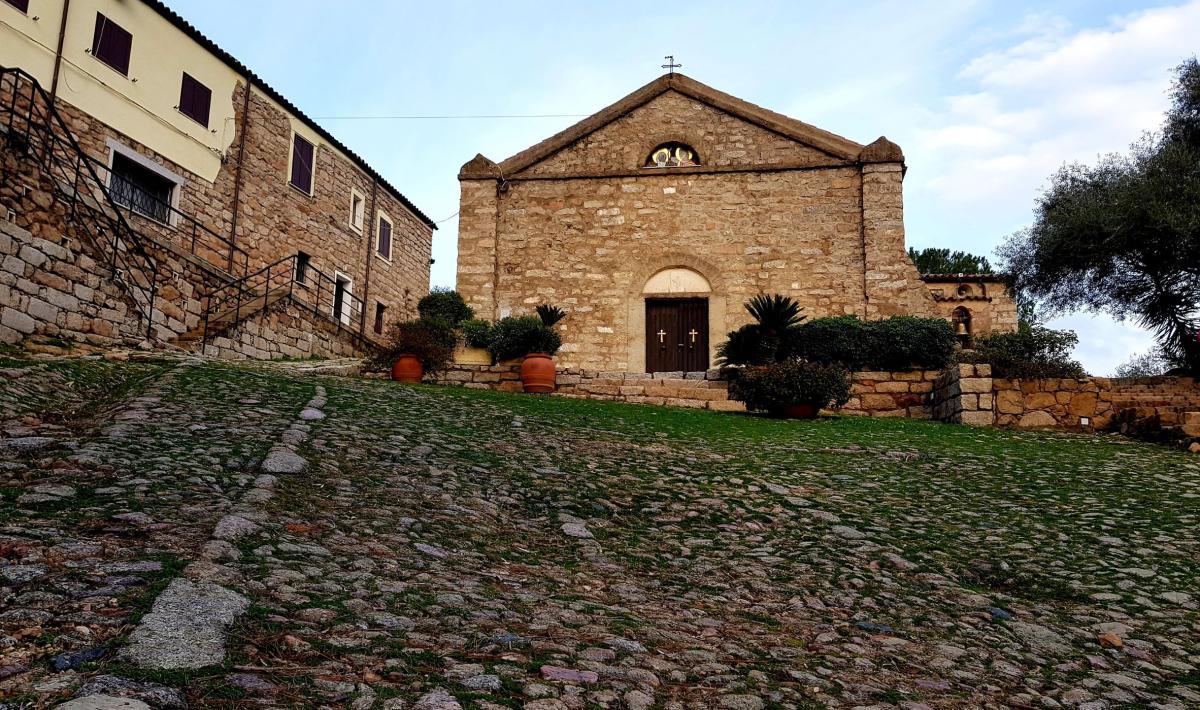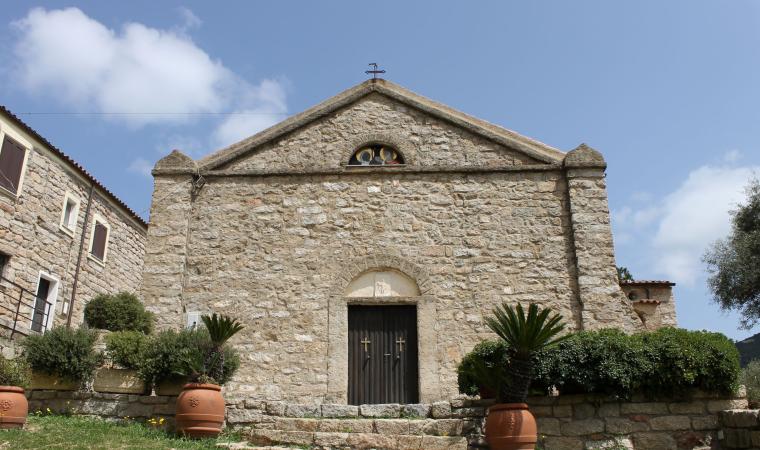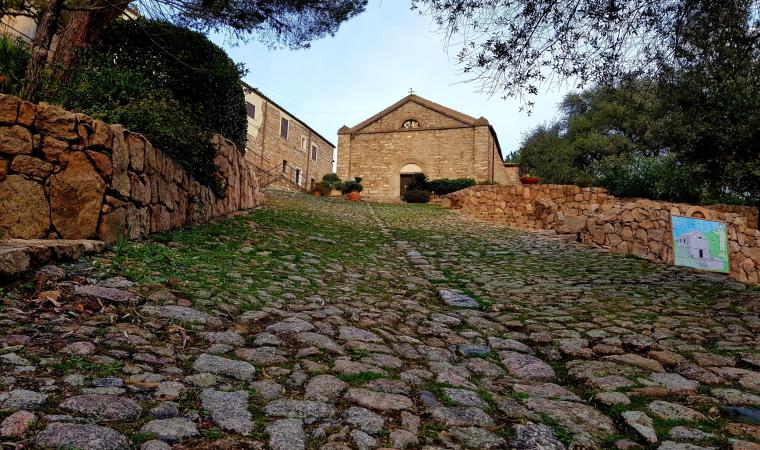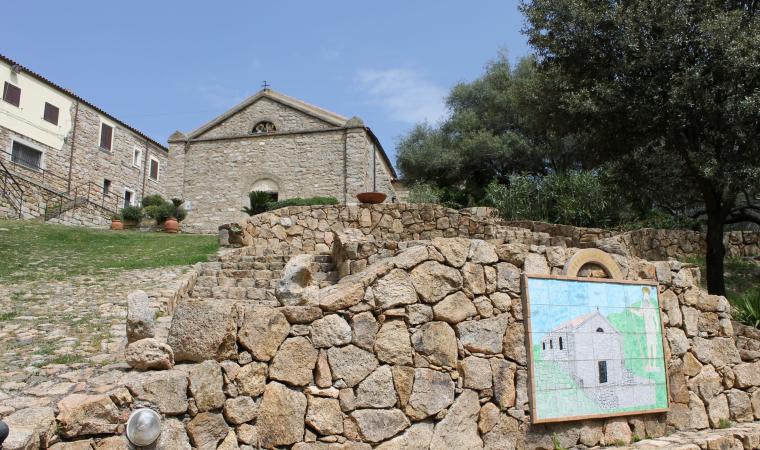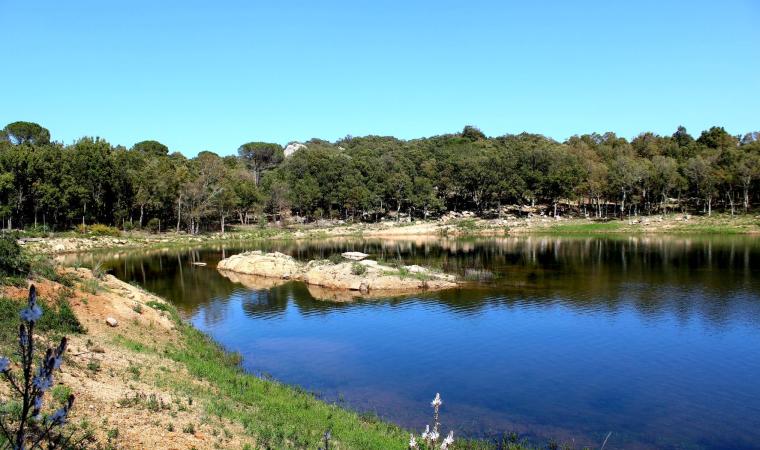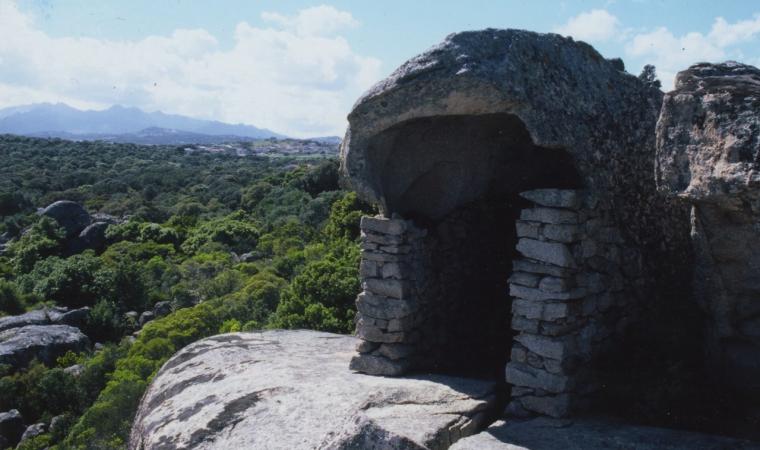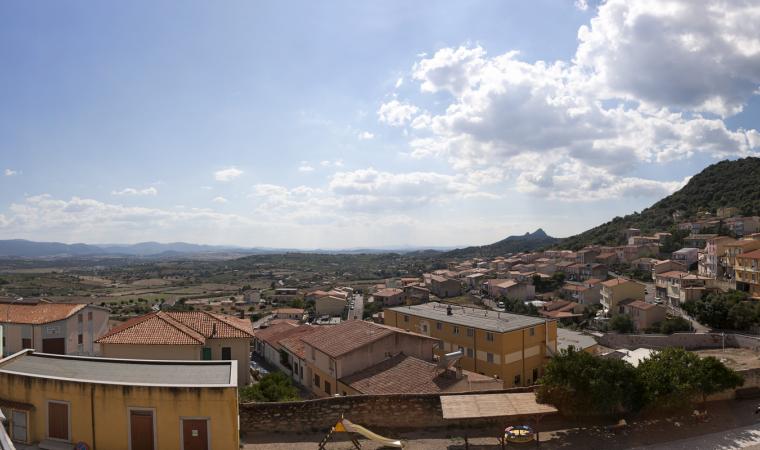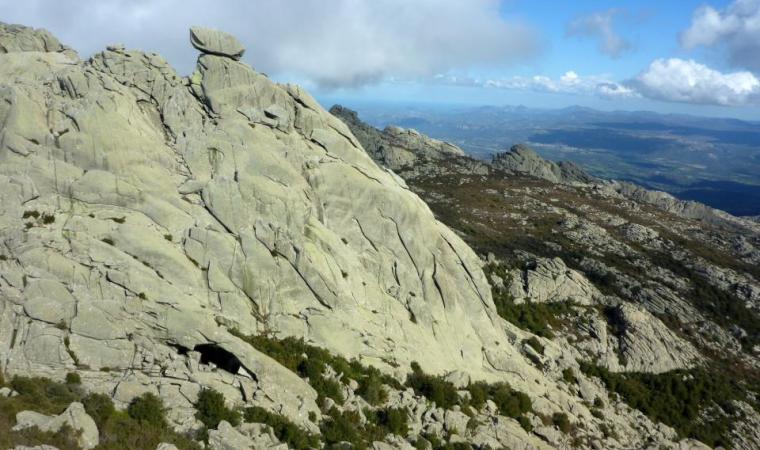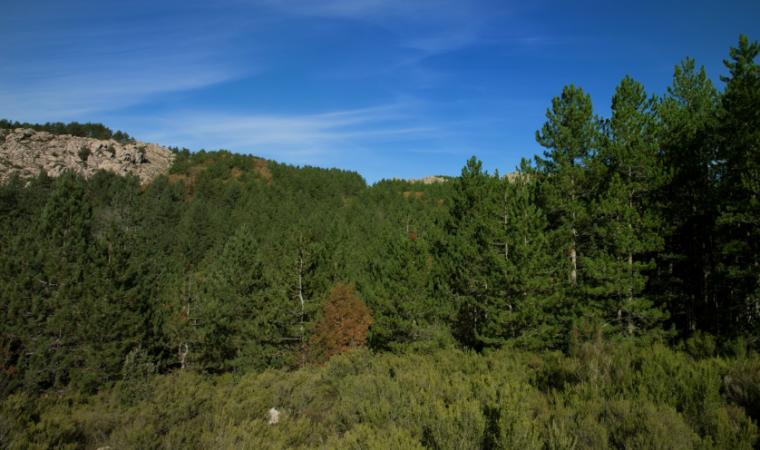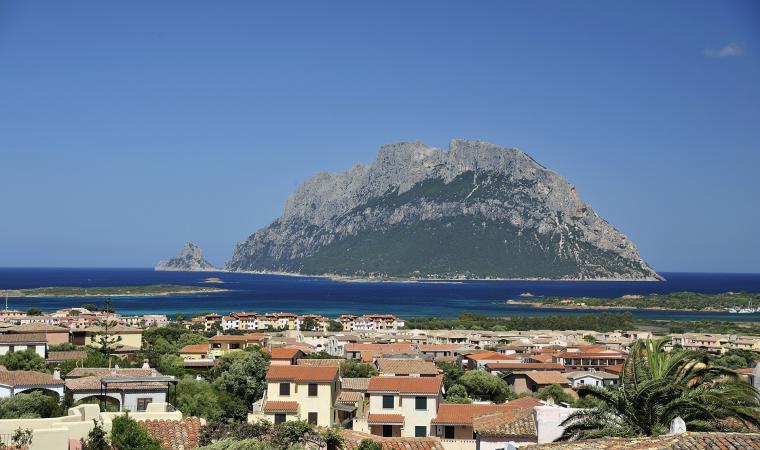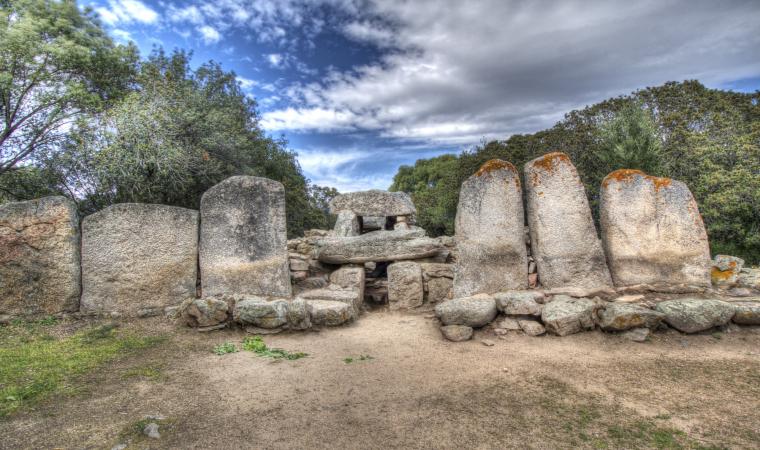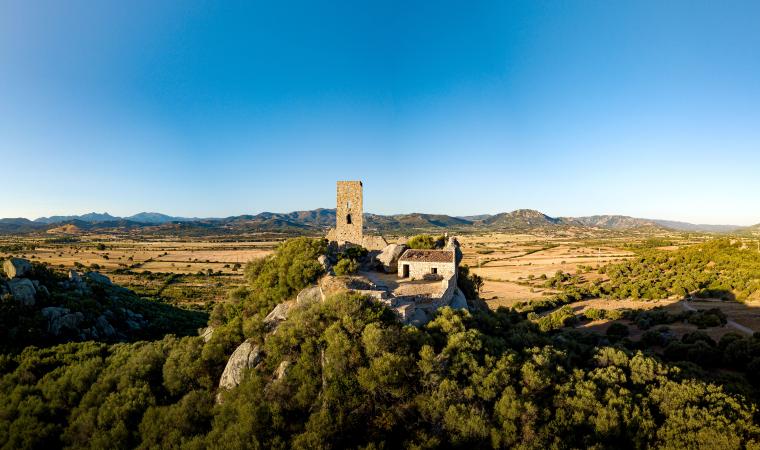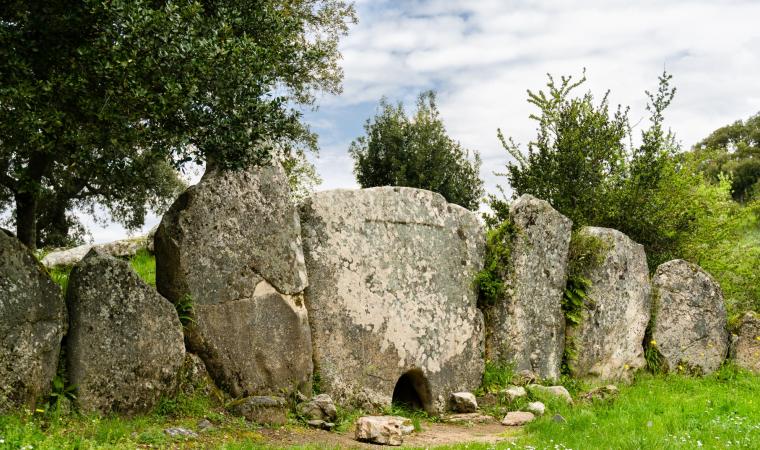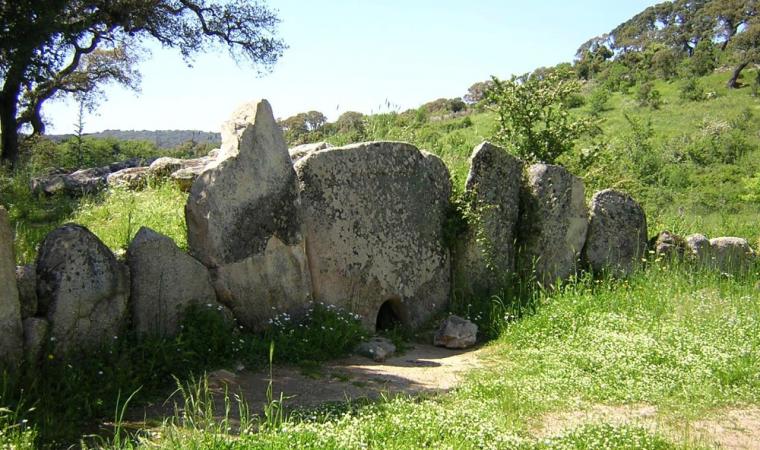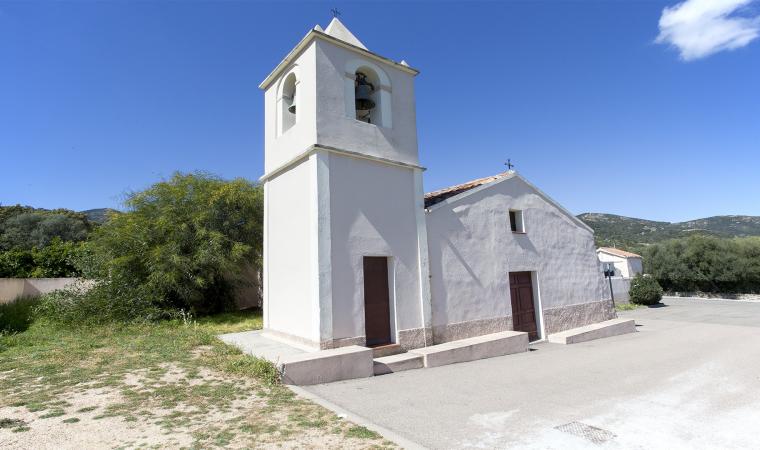It is one of the most venerated places of worship in the north of the island, visited every year by numerous worshippers from Gallura, Baronia and Barbagia, some of whom are the protagonists of a night-time pilgrimage. The Sanctuary of San Paolo Eremita is located in the territory of Monti, about twelve kilometres from the town centre. Its origins are documented thanks to a parchment found in the altar, indicating the date of its consecration, 31 July, 1348, in the presence of the bishops of Bisarcio and Castro. The present-day building is the result of reconstruction that took place in various phases between the 18th and early 20th centuries. The sources also mention a monastery. It is not known which order it belonged to and there are no traces of it to date. Although the liturgical celebration of Saint Paul of Thebes is in January, local tradition placed the festivities in mid-August, before Cabudannu, that is September - the beginning of the agricultural year - as a good omen for the harvest.
The building stands on top of a granite outcrop, surrounded by Mediterranean greenery. In fact, the exposed ashlars with which it was built are made of granite. The façade is gabled, while it has a single-nave layout, with a barrel vault. Inside, you will see two columns from the Roman era on the sides of the altar and, on the wall behind it, the statue of the saint to whom it is dedicated. Next to the church are the ancient and recently-restored cumbessias, where pilgrims from the surrounding areas could stay and who were also accommodated by artisans, merchants and nougat makers.
Numerous miracles are attributed to Saint Paul and legends linger around the sanctuary: it is said that it was built by a bandit who was seriously injured, following the healing and conversion performed by the saint. It is no coincidence that, during the 19th century, it was frequented by fugitives from the area, who were granted a period of pardon during the celebration, allowing them to meet their families. According to another story, the citizens of Alghero tried several times, during the night, to bring the ancient statue of the saint to their town, as the artefact seems to have been of Catalan origin. In the morning, the statue always magically returned to its niche. The current simulacrum dates back to the 20th century. On Easter Monday it is carried in a procession to the Parish Church of San Gavino and it then returns, eight days later, accompanied by a torchlight procession. One of the most heartfelt pilgrimages sets off from Olbia, in the first half of September, at 3 o’clock in the morning, to reach the sanctuary in the late morning, after having travelled about 20 kilometres. The main celebration, however, takes place around Ferragosto, on 15 August, and it is also an opportunity to taste Vermentino wine, a product of which Monti is one of the ‘capitals’.

